Arcade Joystick
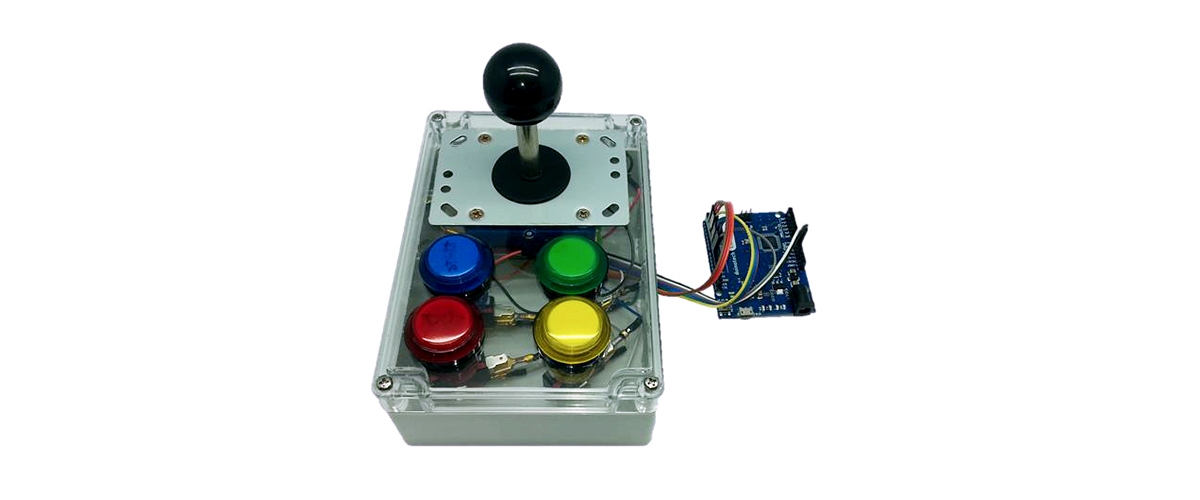
Summary
There's a lot of arcade emulators out there that can run on many computers including the Raspberry Pi so it only makes sense to play these emulators on some authentic hardware. Here we'll show you how to build an arcade style joystick using our new Arcade Pushbuttons and Arcade Joystick. We've got a Duinotech Leonardo R3 Main Board to emulate a USB keyboard so it can be used with any software that you can play with a keyboard. Just like any other Arduino design, it can of course be customised to more buttons or even mapped to different keys. We've built ours in an ABS enclosure for portability but there's no reason you couldn't mount the controls directly to an arcade cabinet or even a coffee table.
Materials Required
| 1 | Duinotech Leonardo r3 Main Board | XC4430 |
| 1 | Arcade Joystick with Microswitches | SM1052 |
| 4 | Red Arcade Button Switch with LED Illumination | SP0662 |
| 1 | 150mm Plug to Plug Jumper Leads - 40 Piece | WC6024 |
| 2 | 6.3mm Non-Insulated Spade Connectors Pk 10 | PT4630 |
| 1 | Sealed Polycarbonate Enclosure 171 x 121 x 55 - Clear Lid | HB6248 |
Resources
Table of Contents
Future Improvements
Alternatively, you could add a second joystick and some player two buttons so that the joystick will work for two-player games. USB supports up to 127 devices per bus so there is no reason a second unit cannot be built but with the keys programmed to their player two equivalents thus allowing two players to play at the same time.
Similar projects you may be interested in


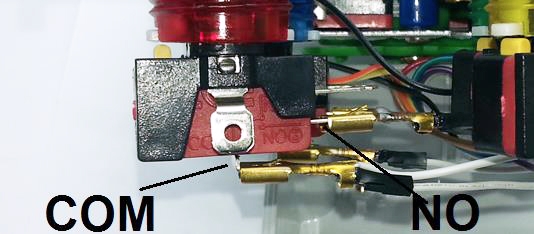
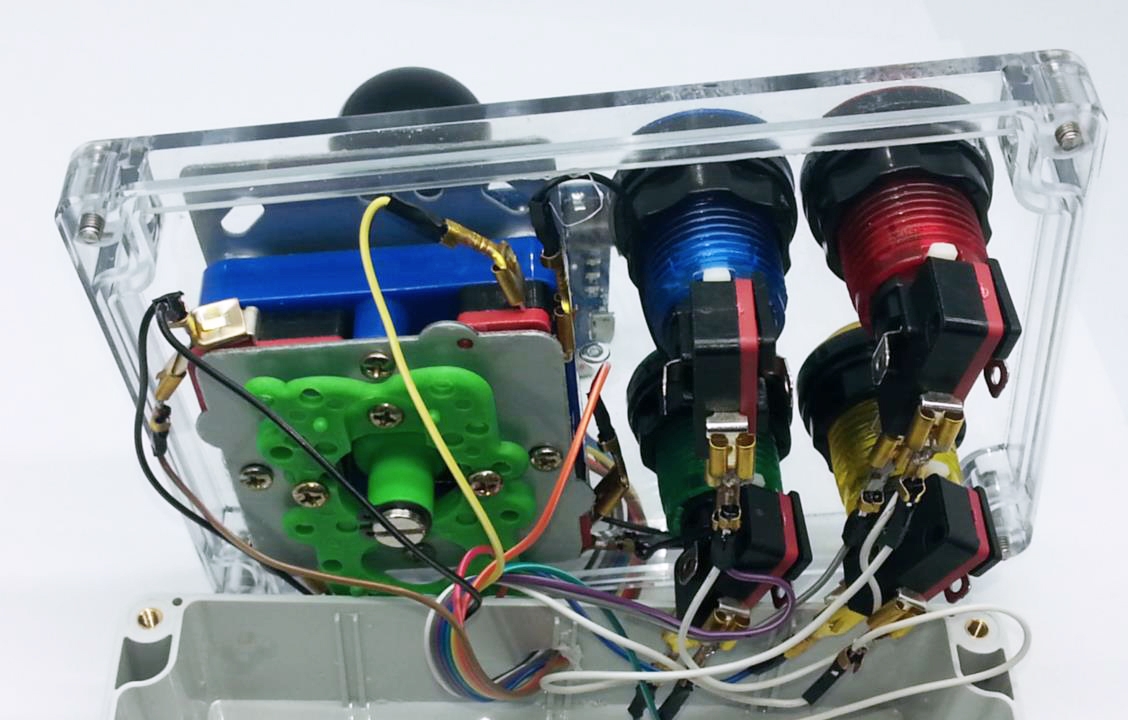
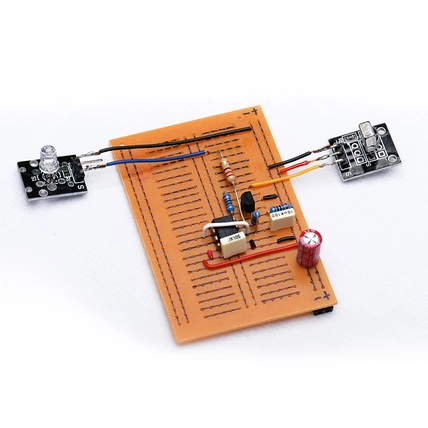
.png?branch=prod&format=webp&width=428)
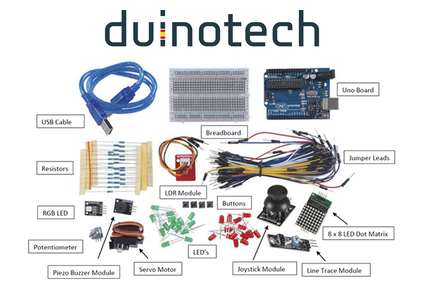
.jpg?branch=prod&format=webp&width=428)